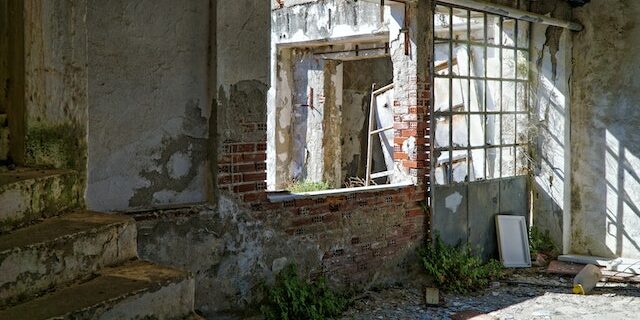Lead is a toxic metal that leads to serious health problems in humans, particularly young children, and pregnant women. It is found in many products and materials, including paint, pipes, and soil. While lead poisoning is preventable, it remains a significant public health issue.
What is a Lead Inspection
Lead inspection is the process of identifying lead hazards in a building or environment. This may involve testing paint, dust, soil, or water for lead content. Certified professionals typically conduct lead inspections using specialized equipment to collect and analyze samples. A lead inspection aims to determine the presence and extent of lead hazards and develop a plan for mitigating those hazards.
What is Lead Mitigation
Lead mitigation refers to the process of reducing or eliminating lead hazards. This may involve removing lead-based paint, replacing lead pipes, or adding soil amendments to reduce lead levels. Lead mitigation may also involve changing behaviors, such as washing hands frequently and avoiding certain activities that can generate lead dust. Lead mitigation aims to protect people, particularly children, from exposure to lead.
Why Do I Need Lead Inspection and Mitigation
Lead inspection and mitigation are essential for several reasons. First, lead exposure can cause serious health problems, particularly in young children. Lead poisoning can damage the brain, nervous system, and kidneys and cause developmental problems, learning disabilities, and behavioral issues.
Pregnant women exposed to lead may have a higher risk of miscarriage, premature birth, and low birth weight. Lead exposure can also cause other health problems, such as high blood pressure, anemia, and weakened immune systems.
Where to Look for Lead
Lead hazards are common in older buildings and homes. Many buildings constructed before the eighties contain lead-based paint, which can chip or peel over time, creating lead dust. In addition, lead pipes are standard in older homes and can leach lead into drinking water. Even soil can be contaminated with lead, particularly in urban areas. Lead hazards can be challenging to detect without a professional inspection and may require specialized equipment and training to mitigate.
Do I Need an Inspection or Mitigation?
Lead inspection and mitigation are required by law in many situations. For example, landlords must disclose the presence of lead-based paint in rental properties and provide tenants with an EPA-approved pamphlet on lead hazards.
Federally funded housing projects must conduct lead inspections and mitigation before occupancy. Schools and childcare facilities may be required to test for lead in water and take steps to reduce lead levels.
Finally, lead inspection and mitigation can provide peace of mind for property owners and occupants. Knowing that a building or environment is lead-free can reduce anxiety and promote safety.
Lead inspection and mitigation are essential for protecting people from lead exposure. Lead exposure can cause serious health problems, particularly in young children and pregnant women. Lead hazards are common in older buildings and homes and can be difficult to detect without a professional inspection.
In many situations, lead inspection and mitigation are required by law and can provide peace of mind for property owners and occupants. If you suspect your home or building may have lead hazards, contact us for a Northern Colorado lead inspection and mitigation plan.


